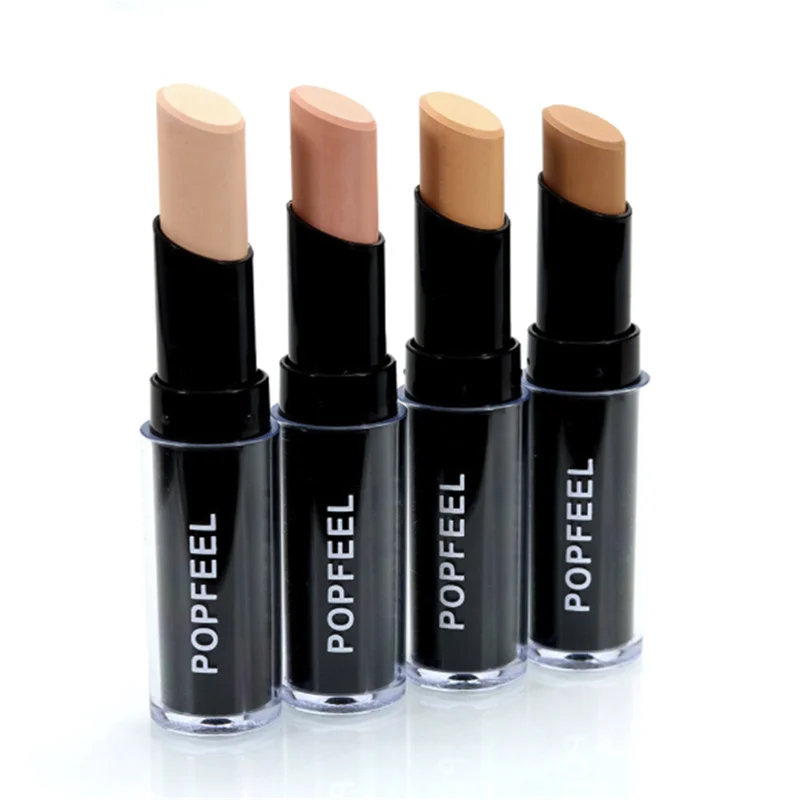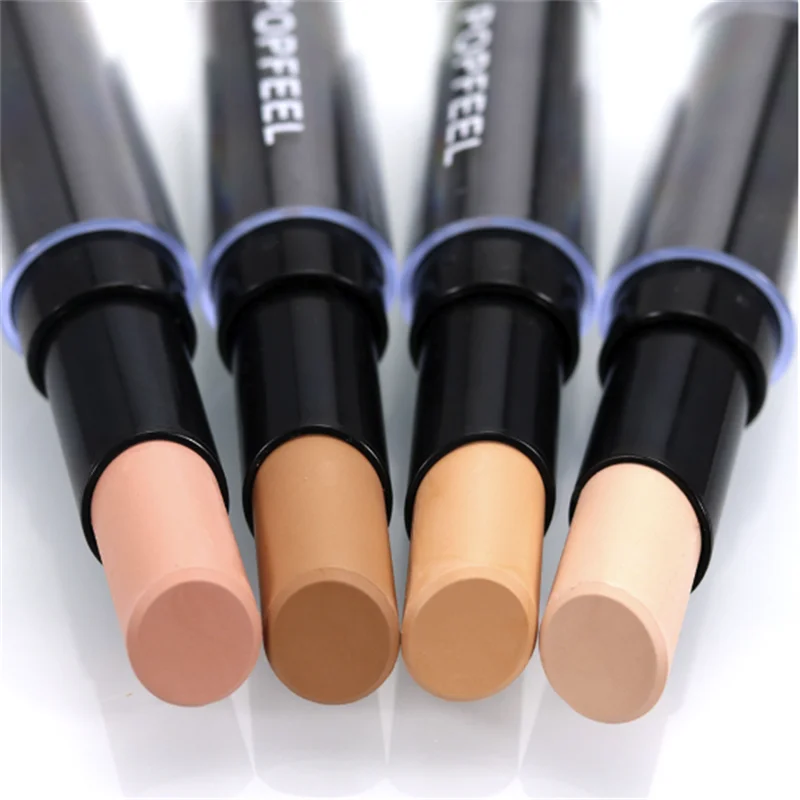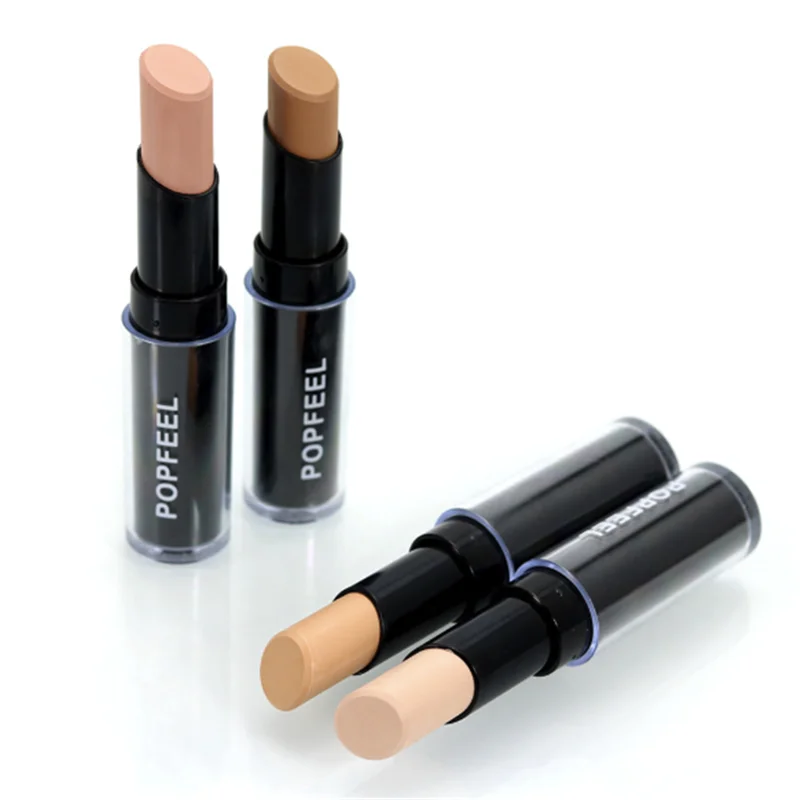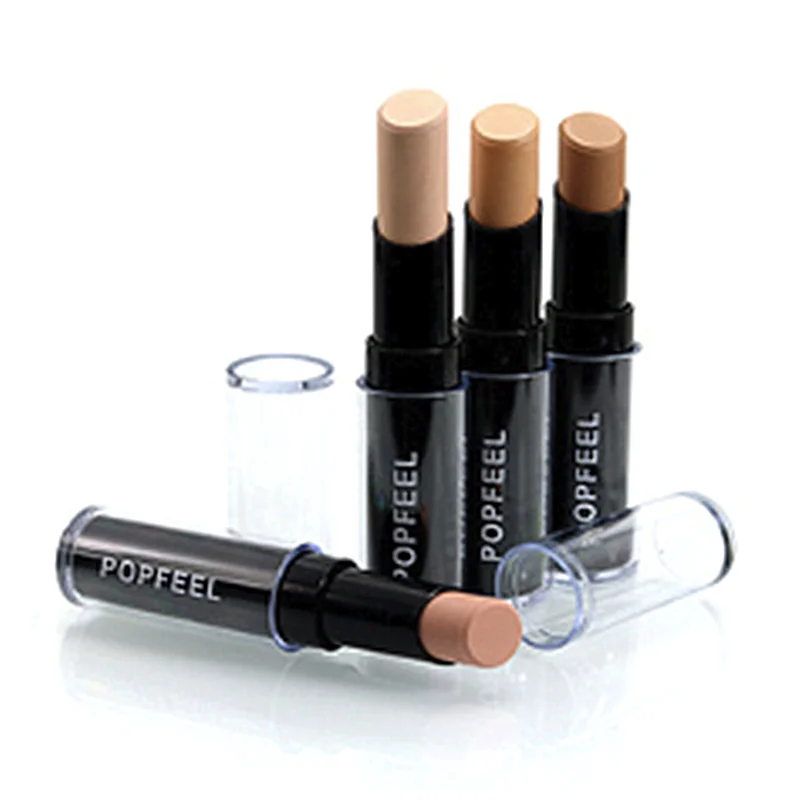Understanding Stick Concealer
What Is Stick Concealer?
Stick concealer is a popular cosmetic product used to cover blemishes, dark circles, and imperfections on the skin. It is known for its creamy texture and compact form, which comes in a stick or tube. Stick concealers are highly pigmented, making them effective at hiding imperfections and evening out the skin tone.
The stick format of this concealer makes it easy to apply directly onto the skin. It provides full coverage and often has a thicker consistency compared to liquid or cream concealers. This thickness can be particularly useful for covering more stubborn blemishes or areas of discoloration. Additionally, stick concealers often come with a built-in applicator, which can make the application process more convenient.

Benefits of Using Stick Concealer
Stick concealers offer several benefits that make them a preferred choice for many people. One of the main advantages is their full coverage capability. Due to their dense texture, stick concealers can effectively hide dark circles, blemishes, and redness. They provide a more opaque finish compared to lighter formulations, which is ideal for those who need substantial coverage.
Another benefit is their ease of use. The stick format allows for precise application. You can apply the concealer directly to the areas that need coverage without needing additional tools. This can be particularly useful for quick touch-ups or when you are on the go. Additionally, stick concealers are generally more portable and less likely to spill compared to liquid products.
Stick concealers also tend to be long-lasting. Their formula is designed to adhere well to the skin, providing coverage throughout the day. This makes them a good choice for individuals with busy schedules who need their makeup to last without frequent touch-ups. Moreover, many stick concealers are formulated to be resistant to water and sweat, which adds to their durability.
Choosing the Right Stick Concealer
Shade Selection
Selecting the right shade of stick concealer is crucial for achieving a natural look. The goal is to find a shade that matches your skin tone or is slightly lighter for brightening purposes. When choosing a shade, consider the area of your face you are targeting. For example, if you are covering dark circles, you might choose a shade that is one or two tones lighter than your natural skin tone to brighten the area effectively.
To determine your ideal shade, test the concealer on different areas of your face, such as your jawline or the area under your eyes. Avoid testing on your wrist or hand, as these areas may have different skin tones compared to your face. Additionally, consider your undertone when choosing a concealer shade. For instance, if you have a warm undertone, select a concealer with similar warm undertones to blend seamlessly with your skin.
If you are unsure about which shade to choose, many brands offer sample sizes or testers in stores. Take advantage of these options to find the perfect match before committing to a full-size product. Remember that the right shade can make a significant difference in how well the concealer blends and conceals imperfections.
Texture and Formula
Stick concealers come in various textures and formulas, each suited to different skin types and needs. Some stick concealers have a creamy, hydrating texture that works well for dry or mature skin. These formulas often contain moisturizing ingredients that help to keep the skin smooth and prevent the concealer from settling into fine lines.
On the other hand, matte stick concealers are ideal for oily or combination skin types. These formulas help to control shine and provide a more long-lasting finish. Matte concealers are less likely to slip off the skin and can be beneficial for those who need their makeup to stay in place throughout the day.
When selecting a stick concealer, consider your skin type and any specific concerns you may have. For instance, if you have sensitive skin, look for a hypoallergenic or fragrance-free formula to avoid potential irritation. Additionally, some stick concealers are formulated with added skincare benefits, such as SPF or anti-aging ingredients, which can provide extra advantages beyond just coverage.
How to Apply Stick Concealer
Basic Application Techniques
Applying stick concealer correctly is essential for achieving a flawless look. Start by preparing your skin with a primer or moisturizer to create a smooth base. This step helps the concealer to glide on more easily and adhere better to the skin. Use a clean brush or your fingertip to apply the concealer directly onto the areas you want to cover.
For blemishes or spots, apply the concealer directly onto the imperfection and gently blend the edges using your fingertip or a makeup sponge. Avoid rubbing too hard, as this can remove the concealer or cause it to spread unevenly. Instead, use a tapping motion to blend the concealer seamlessly into your skin.
When covering dark circles, apply the concealer in a triangular shape under your eyes. This technique not only conceals the dark circles but also brightens the entire eye area. Use a gentle tapping motion with your fingertip or a makeup sponge to blend the concealer into the skin. Make sure to blend the edges well to avoid any harsh lines.
Setting the Concealer
To ensure your stick concealer stays in place throughout the day, it’s important to set it properly. Use a translucent setting powder to lock in the concealer and prevent it from creasing or settling into fine lines. Lightly dust the powder over the concealer using a fluffy brush. Avoid applying too much powder, as this can make the area look cakey.
For areas that tend to be oilier, such as the T-zone, use a mattifying powder to control shine and extend the wear of your concealer. If you have dry skin, choose a hydrating setting spray to finish your makeup routine. This will help to keep your skin looking fresh and dewy while ensuring that the concealer remains intact.

Setting your concealer is especially important if you are wearing makeup for an extended period. Regular touch-ups may be necessary, so carry a small amount of your setting powder with you for quick fixes. If you notice any creasing or settling of the concealer during the day, gently blend the area with your fingertip or a makeup sponge and reapply a light layer of powder if needed.
Common Mistakes to Avoid with Stick Concealer
Overapplying Concealer
One common mistake when using stick concealer is applying too much product. Stick concealers are highly pigmented, so a little goes a long way. Applying excessive amounts of concealer can lead to a cakey or heavy appearance, which can draw attention to the very imperfections you are trying to conceal.
To avoid overapplication, start with a small amount of concealer and build up coverage gradually if needed. Apply the concealer in thin layers and blend thoroughly to achieve a natural finish. If you find that you have applied too much product, use a clean makeup sponge to gently dab away any excess and blend the edges.
Ignoring Skin Preparation
Another mistake is neglecting proper skin preparation before applying concealer. Failing to moisturize or prime your skin can lead to uneven application and may cause the concealer to settle into fine lines or dry patches. Preparing your skin ensures that the concealer adheres smoothly and looks flawless.
Before applying stick concealer, make sure your skin is clean and well-moisturized. Use a primer if needed to create a smooth surface and help the concealer last longer. For dry skin, opt for a hydrating primer or moisturizer to prevent the concealer from clinging to dry patches. For oily skin, choose a mattifying primer to control shine and keep the concealer in place.
Removing Stick Concealer
Effective Removal Techniques
Removing stick concealer properly is crucial for maintaining healthy skin. Stick concealers are often long-wearing and can be challenging to remove completely with just water. To ensure that all traces of concealer are removed, use a gentle makeup remover or cleansing oil.
Apply the makeup remover to a cotton pad and gently press it against the areas where you have applied concealer. Allow the remover to break down the product for a few seconds before wiping it away. Avoid rubbing too harshly, as this can irritate the skin and cause redness. For a thorough cleanse, follow up with a gentle face cleanser to remove any remaining residue.
If you are using a cleansing oil, apply it directly to your dry skin and massage it in circular motions. The oil will help to dissolve the concealer, making it easier to remove. Rinse your face with warm water and follow up with a facial cleanser to ensure that all traces of makeup are gone.
Tips for Sensitive Skin
For those with sensitive skin, it is important to choose a gentle makeup remover that is free from harsh chemicals or fragrances. Opt for products labeled as hypoallergenic or suitable for sensitive skin. Additionally, consider using micellar water, which is known for its gentle cleansing properties and can effectively remove makeup without irritating the skin.
When removing stick concealer, be extra cautious around sensitive areas such as the under-eye region. Use a soft, non-abrasive cotton pad and avoid pulling or tugging at the skin. If you experience any irritation or discomfort, discontinue use of the product and consult a dermatologist for advice.
Conclusion
Stick concealer is a versatile and effective tool for achieving a flawless complexion. Its full coverage, ease of use, and long-lasting formula make it a popular choice for many people. By understanding how to select the right shade, apply it correctly, and avoid common mistakes, you can make the most of this valuable makeup product.
Whether you are new to stick concealer or a seasoned user, following these tips and techniques will help you achieve a natural, polished look. Remember to take care of your skin by properly removing makeup and choosing products that suit your skin type. With the right approach, stick concealer can become an essential part of your beauty routine, helping you look and feel your best every day.

